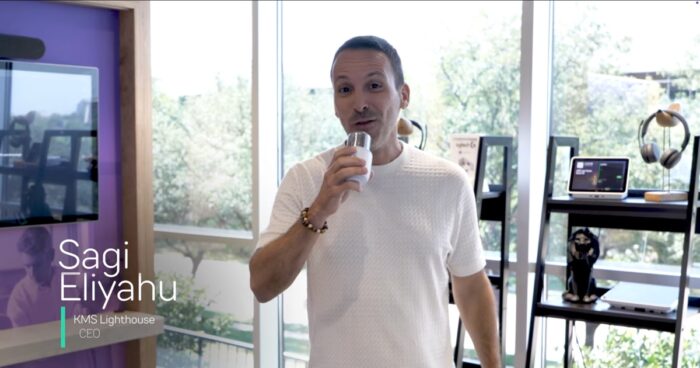Understanding the Customer/Employee Experience
Many experts now agree that treating employees well is a necessary first step to providing a better customer experience (CX). Annette Franz, founder and CEO of CX Journey Inc., firmly believes that when companies “focus on the people, the numbers will come.”
One source of confusion may be due to the terms “digital transformation” and “employee experience” being tied together. Digital seems to imply a good EX can be machine or AI-driven. It’s important to understand, though, that while tech solutions are integral to EX success, EX and CX are not merely technology problems, they’re also culture problems. How so?
When your employees feel a disconnect between how your organization treats them and how they’re expected to treat customers, they become less engaged and less likely to buy into company goals.
Employee Experience Is Customer Experience
Here are some of the top ways a better EX can have an impact on CX.
- Organizations with highly engaged employees outperform the competition by 147% in earnings per share and have 20% higher profitability. One company that understands treating its employees well results in a healthier bottom line is Starbucks. Nearly 90% of its customers say they have an affinity toward the coffee chain because of its employee culture.
- Businesses that offer a great customer experience have 30% more employees who are highly engaged—79% vs. 49%—than companies do that have average or below-average customer experience scores.
- It may come as no surprise that when EX is improved, employee retention rates go up. In an increasingly competitive United States labor market where over 50% of workers are actively looking for new jobs, or watching job openings, keeping employees happy where they are makes them far less likely to jump ship. Your organization also avoids hefty hiring, onboarding, and training costs.
Customer Experience Management
Traditional tech strategies were often designed with systems in mind. Employees and customers were expected to adapt to whatever software was developed even if it made for a frustrating experience for both sides. Is it any wonder that call center engagement suffered as a result?
For many businesses, their call center representatives are the “voice” of the company when speaking with customers. It stands to reason that happy, confident agents are going to convey a positive attitude that customers pick up on and respond to.
While performance metrics like first call resolution, number of calls handled, and length of call are important in measuring performance, they do not motivate employees. Building off more meaningful metrics such as customer satisfaction and retention is the way to empower employees to do their best.
Call center employee engagement activities are a great way to improve your organizations’ call center culture. Techniques such as recognizing employees, listening to employee feedback, working to decrease the average speed of answer times, focusing on long-term hires, and offering unique workplace advantages are all ways to keep employees from burning out and checking out.
In Summary
Organizations that embrace the concept that customer experience starts with employee experience will have a far easier time pushing their CX strategy forward. In the end, a positive EX relies on both the appropriate digital tools and a culture of respect, one where employees feel they truly matter and are fully heard. For when employees feel they’re viewed as valued organizational participants, they’re more likely to be engaged, remain loyal, and be invested in helping you meet your business goals.



